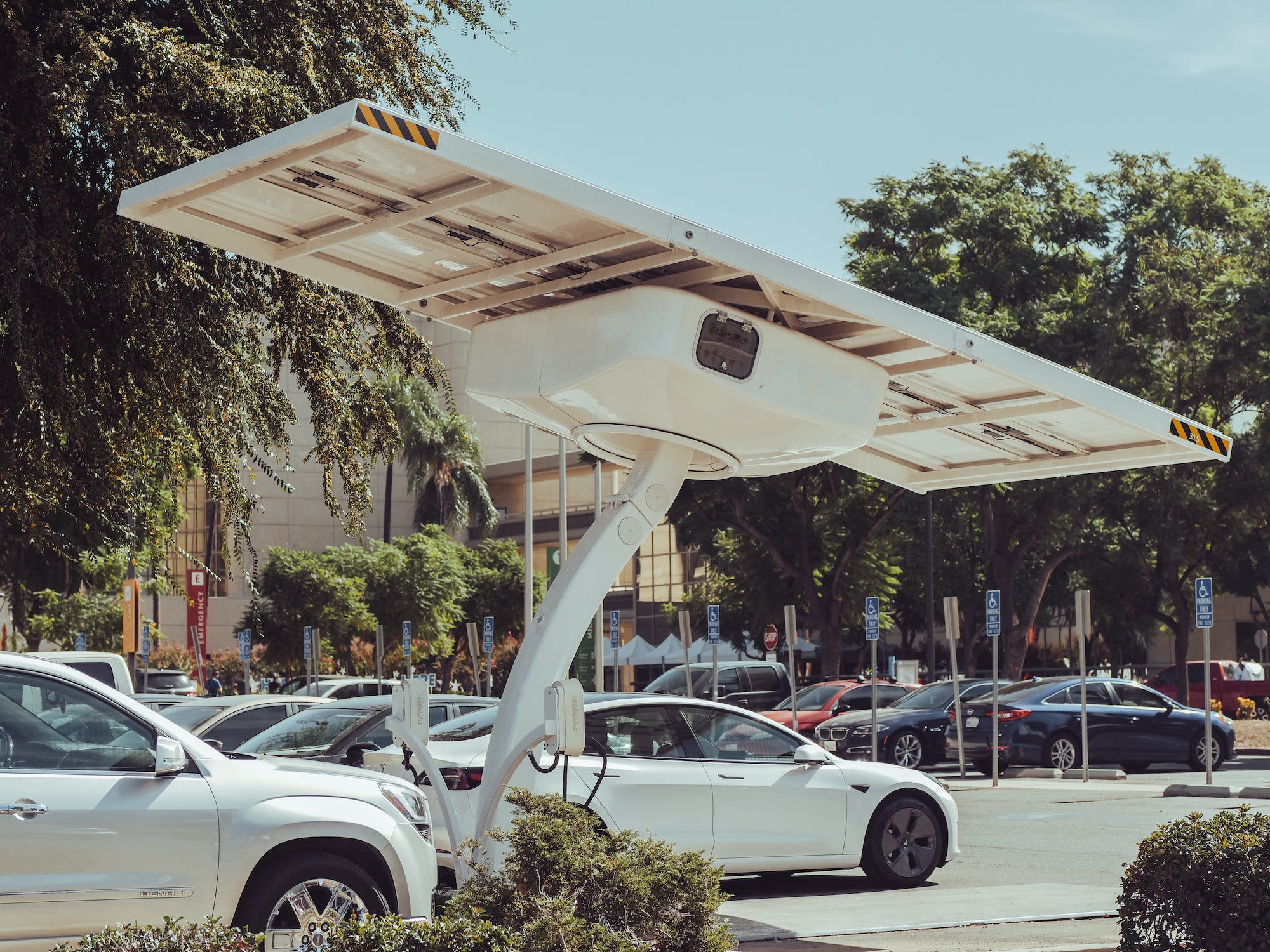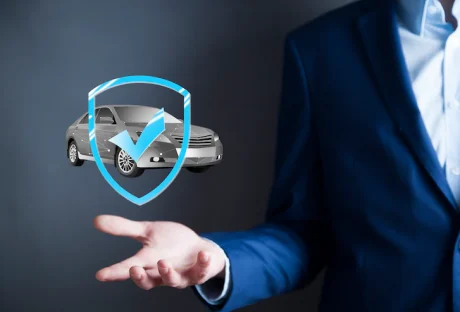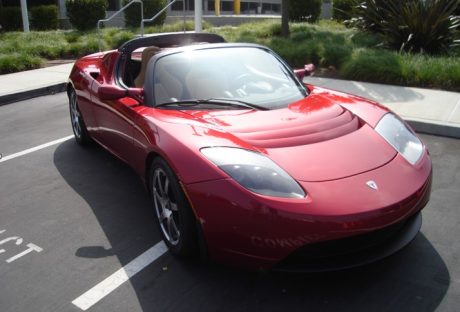Discover the financial advantages of installing an electric vehicle (EV) charger in California with the EV Charger Rebate program.
This informative article will outline the eligibility requirements and application process. The article also provides insights on selecting the right charger for your home.
Gain a deep understanding of the financial benefits and learn tips to maximize the advantages of this rebate program.
Don’t miss out on the opportunity to reap the benefits of an EV charger rebate in California.
Eligibility Requirements For The EV Charger Rebate
To qualify for the EV charger rebate California, applicants must meet specific eligibility requirements.
These requirements differ between residential and commercial applicants.
Residential eligibility is based on the applicant’s income. There is a maximum income threshold set by the California Air Resources Board (CARB). The income requirements ensure that the rebate benefits those who need it the most.
Commercial eligibility, on the other hand, focuses on the type of business and the intended use of the EV chargers. Businesses must demonstrate that they will use the chargers for public or employee use, promoting electric vehicle adoption.
Additionally, both residential and commercial applicants must ensure that the EV charger installations meet the necessary technical requirements. It is such as proper electrical infrastructure and compliance with local building codes.
Meeting these eligibility requirements is crucial to successfully receive the EV charger rebate in California.
How To Apply For The EV Charger Rebate In California
To apply for the EV Charger Rebate in California, individuals and businesses must follow a straightforward application process.
The first step is to ensure that an eligible EV charger installation has been completed. The EV charger must be Level 2, with the ability to charge at a minimum rate of 30 amps. Additionally, it must be installed at a qualifying location, such as a single-family home, multi-family dwelling, or non-residential property.
Once the installation is complete, applicants can submit their rebate application through the online portal. Submit via one provided by the California EV charger rebate program. The application will require the submission of relevant documents, including proof of purchase, proof of installation, and proof of payment.
After submission, the application will be reviewed, and if approved, the rebate will be issued to the applicant.
Understanding The Financial Benefits Of The EV Charger Rebate
The EV Charger Rebate in California provides significant financial benefits for individuals and businesses who take advantage of this program.
One of its main financial advantages is the potential savings on electricity costs. By installing an electric vehicle (EV) charger at home or at the workplace, EV owners can avoid the expenses. Here, we mean the ones associated with charging their vehicles at public charging stations. The rebate program offers incentives that can cover a significant portion of the installation costs. Thus, it reduces the overall expense for the EV owner.
Additionally, the rebate program encourages using clean energy by offering incentives ( for installing Level 2 EV chargers). They are more energy-efficient compared to traditional chargers. This can result in long-term savings on electricity bills. Thus it makes the EV Charger Rebate a financially advantageous program for both individuals and businesses.
Choosing The Right EV Charger For Your Home
Installing an EV charger at home is a crucial step in maximizing its financial benefits in California. When choosing the right EV charger for your home, it is important to consider factors such as charging speed. Factors like compatibility with electric vehicles and reliability are another consideration.
There are several reputable EV charger brands to choose from, including Tesla, ChargePoint, ClipperCreek, and JuiceBox. Tesla offers their brand of chargers specifically designed for their vehicles, while brands like ChargePoint, ClipperCreek, and JuiceBox offer a range of chargers that are compatible with various electric vehicle models.
It is recommended to consult with an electrician or EV charger installation professional to determine the best charger for your specific needs and to ensure proper installation.
Tips For Maximizing The Benefits Of The EV Charger Rebate
In order to fully maximize the benefits of the EV Charger Rebate in California, it is crucial to carefully consider and strategize the utilization of this program.
One of the key aspects to focus on is maximizing savings. To achieve this, it is important to select an EV charger that offers the best value for money in terms of its features, efficiency, and cost. Additionally, it is advisable to take advantage of any additional incentives or discounts offered by manufacturers or utility companies.
Another important aspect is the installation process. It is recommended to hire a professional electrician who is experienced in installing EV chargers to ensure a safe and efficient setup.
Read Also:






















